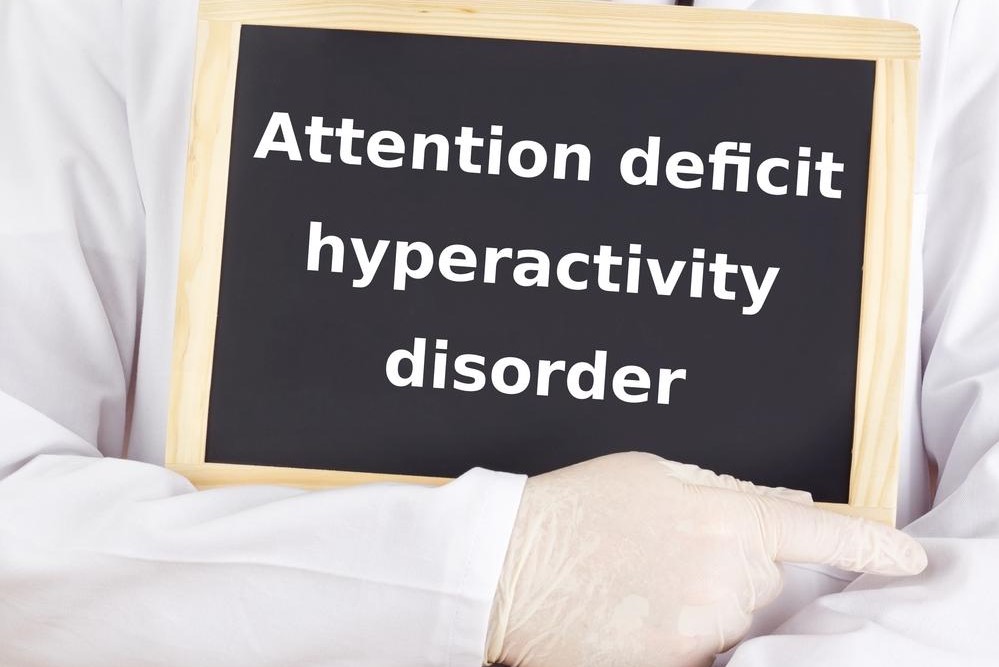Exploring the Basics of ADHD: Symptoms, Causes, and Management
This article offers an in-depth overview of ADHD, covering its symptoms, causes, diagnosis, and management strategies. It emphasizes early detection, behavioral therapies, and medication options to improve quality of life for those affected. Understanding ADHD helps parents and caregivers identify signs early and seek appropriate treatment, ensuring better long-term outcomes.

Exploring ADHD: Symptoms, Causes, and Strategies
What is ADHD?
“Having a high IQ doesn't mean ADHD isn't a real challenge.”
– Y.T. from Reader’s Digest
ADHD, or Attention Deficit Hyperactivity Disorder, is characterized by difficulties in maintaining focus and impulse control. The condition impacts many children worldwide, especially during early schooling years.
Key Indicators of ADHD
People with ADHD usually display elevated activity levels, often unable to sit still or focus on tasks for long durations.
In adults, this manifests as pronounced restlessness and difficulty relaxing.
They may also exhibit compulsive behaviors like fidgeting, tapping, or rearranging objects without concern for the environment.
Impulsivity leads to hasty decisions without considering consequences.
ADHD typically affects preschool and young children, with boys being more frequently diagnosed than girls. According to CDC data, about 11% of children aged 4-17 have ADHD, with 13% boys and 5% girls.
It's vital for parents and caregivers to recognize symptoms early and understand available treatments, especially since young children often show signs of high energy and short attention spans naturally.
ADHD can be classified as a behavioral disorder or a combination of attention issues and hyperactivity-impulsivity. Children with combined symptoms often require targeted medication and behavioral strategies.
What causes ADHD?
ADHD is considered a neurodevelopmental disorder with no single identified cause. It likely results from multiple factors.
Research suggests genetic influences contribute, with overlapping genetic markers shared among disorders like autism, bipolar disorder, and depression.
While no cure exists, early detection and intervention can significantly improve management and quality of life.
Often persisting into adulthood, ADHD affects roughly 30–50% of individuals into their teens and about 2–5% of adults.
Diagnosing ADHD
Qualified professionals such as psychiatrists or psychologists conduct comprehensive evaluations, including medical history and behavioral assessments.
No definitive laboratory tests exist; diagnosis relies on symptom criteria and elimination of other medical conditions.
Information is gathered from family members, teachers, and caregivers to establish a consistent pattern of behavior.
Tools like the DSM guidelines, NEBA system, and EEG assessments assist in confirming ADHD diagnosis.
For adults, persistent symptoms causing functional impairment or developmental delay are necessary criteria, with symptoms present before age 12.
Managing ADHD: Is There a Cure?
While ADHD has no known cure, medication and therapy can effectively control symptoms.
Stimulant medications help reduce hyperactivity and improve focus but are not universally effective.
Alternatives like omega-3 supplements and dietary changes can also support symptom management.
Behavioral therapies, including counseling and training, help individuals develop better coping skills and emotional regulation.
Supporting families with training enhances understanding and caregiving approaches, leading to better outcomes.
Note: Our platform provides comprehensive information across various health topics. While our research aims to be accurate, it should not replace professional medical advice. For specific concerns or diagnoses, consultation with qualified healthcare providers is essential.










